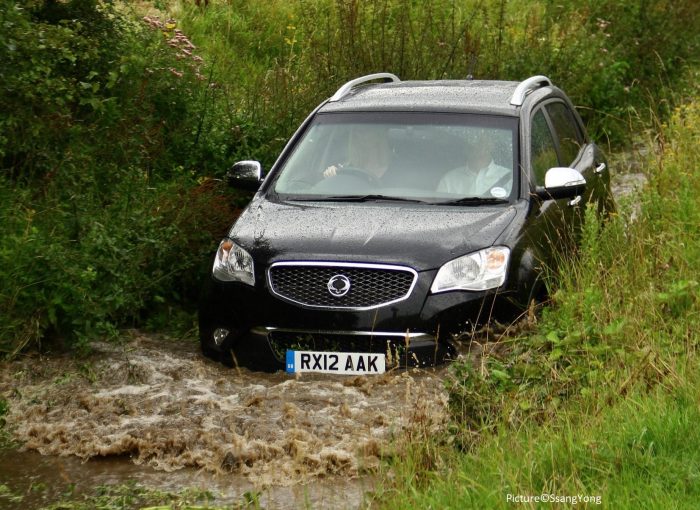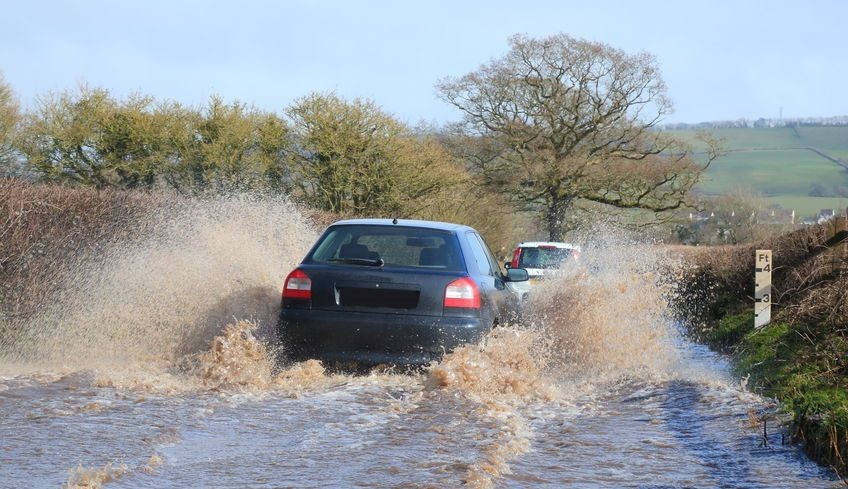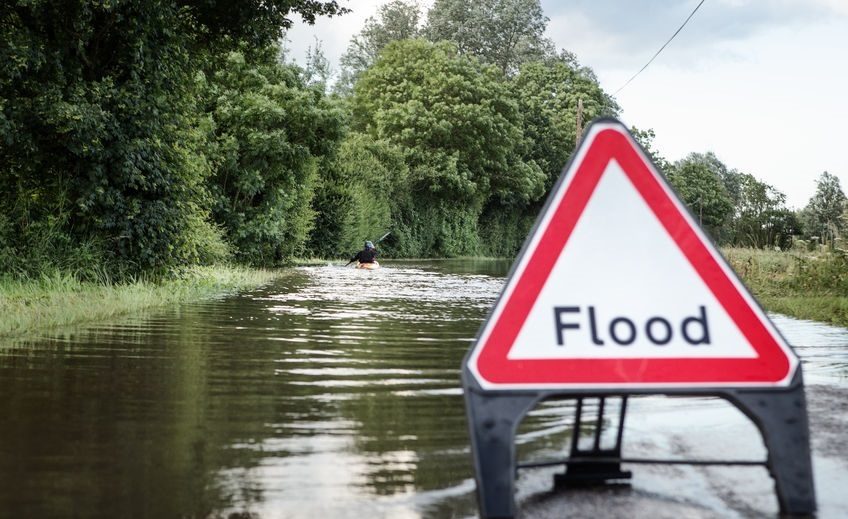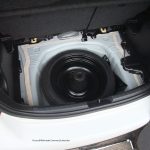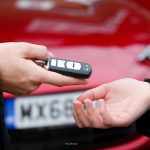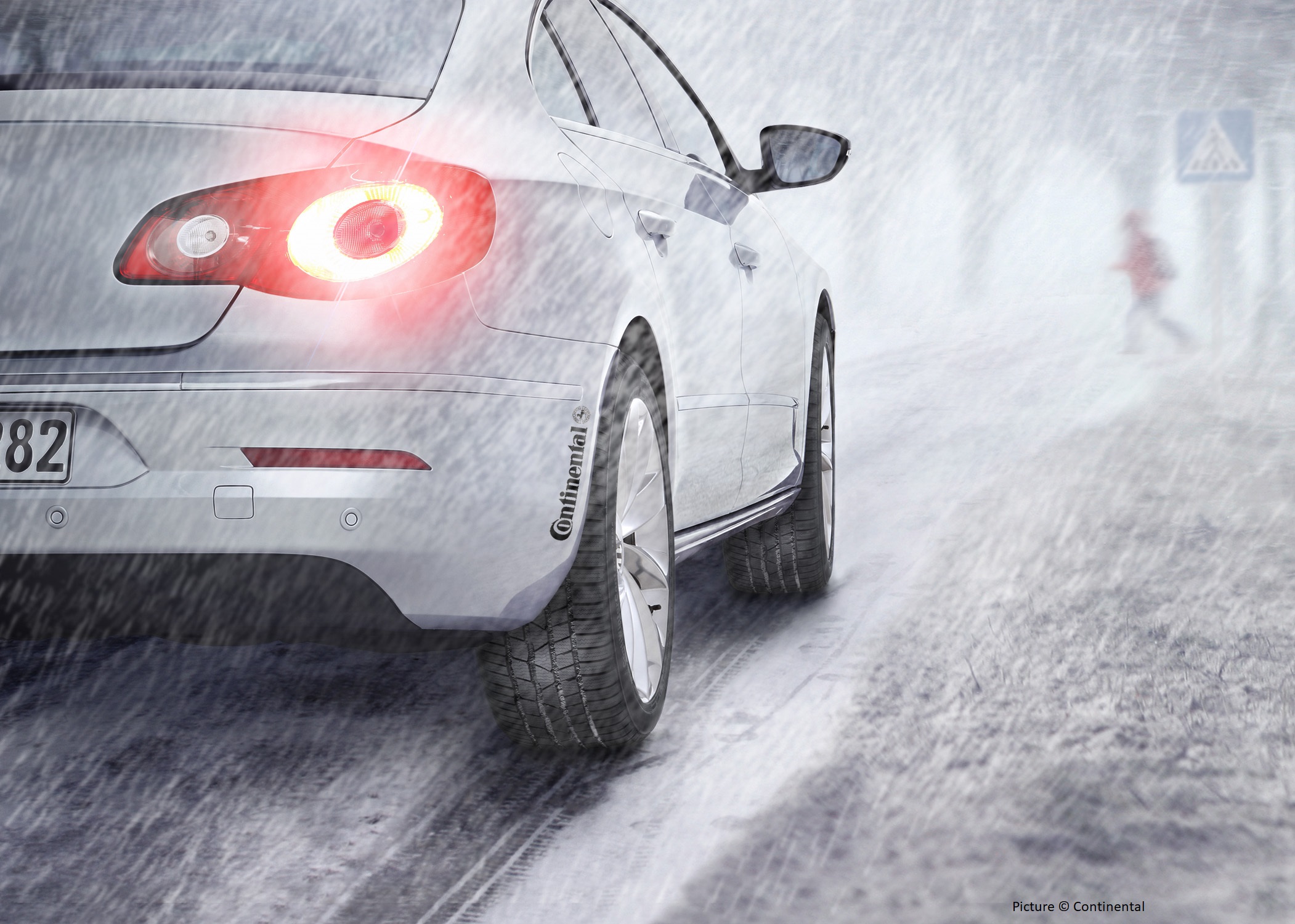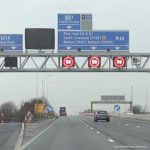Flood water and cars aren’t the best of friends. It’s possible to write a car off by driving through flood water that’s too deep. But even if you navigate flooded roads safely and don’t get stranded, it’s still worth giving your car a once over after you’re on dry land to ensure there’s no flood damage. Here’s what to look out for.
Contents
Driving through a deep flood can be dangerous
For a regular family car, around 300mm of water is enough for it to stop displacing water and start floating. And once a car starts to float, you’ve lost control and your fate is in the hands of nature.
The AA’s advice is to avoid driving through flood water and find an alternative route if you can. And NEVER drive through fast-moving water such as a flooded ford.
How to drive through a flood
First, don’t go too fast. The quicker you go, the more likely you are to cause the water to rush back and overwhelm your car, or worse, force it into the engine compartment through the radiator.
Instead, you want to go at a steady 10-15mph. For this, use first gear and high revs. You don’t want there to be any chance of your car stalling.
Going at this relatively slow speed will cause your car to create a bow wave ahead of you. Your car will then be filling the hole behind the wave where the water will be slightly shallower than if it’s still.
Try to be the only car in the flood
There are two reasons for this. First road users coming from the opposite direction will be pushing the water ahead of them and you can get caught up in this. The water your car pushes away will clash with theirs causing it to become choppy and more likely to flood your car.
The other reason is that roads aren’t built to be flat; they have what’s known as a camber. This is where one part of the road is higher than the other. Usually, to enable water to drain away to the edges, the centre of the road is the highest point. This means that if the road is flooded, the water will be at its shallowest in the centre and deeper at the edges. So ideally you’ll want to drive through a flood in the middle of the road.
How deep water can you drive through?
To drive safely through flood you need to know how much water your car can safely negotiate. That’s to the bottom of the door and on most cars that means the water probably isn’t as deep as you think.
Depending on wheel size, a small family hatchback will probably have about 250mm clearance between it and the bottom of its doors. If you drive through a flood that comes up to the middle of the wheels (approx. 300mm), the water level will be well over the bottom of the doors and if you have to spend any time in the water, you could get wet feet.
It sounds obvious but the taller the car, the more clearance it will have. A Land Rover Discovery 4 has 185mm of ground clearance but 485mm to the bottom of the door sills.
Can you drive an EV through a flood?
In some ways, electric vehicles (EV) are slightly more flood resistant than combustion engine cars. This is because their motors don’t require air to function like combustion engines do so there’s no air intake. And their batteries, which are positioned beneath the car, are sealed to prevent any moisture getting into them.
But while they might not have an exhaust pipe, EVs still have delicate electronics that can be vulnerable to moisture and their motors are mounted on the axles. Again, these are sealed but they won’t withstand being submerged for long periods. So you can drive EVs through flood water but should take the same precautions as with combustion engines.
What to do after driving through a flood?
First thing’s first, after driving through flood water: check your car’s brakes. More often than not, particularly if your car has disc brakes, the brakes will work immediately. But it’s worth trying them as soon as you can. Pushing the pedal causes the pad to rub against the brake discs, wiping off any water. So when you need to slow down, you know the brakes will work.
Did your engine get damaged driving through a flood?
Engines are surprisingly robust yet delicate all at once. Drive through water that’s too deep and the engine could swallow water through its air intake and suffer what’s known as hydrolock. This is when water gets into the engine’s internals causing pistons to seize.
There are a number of ways you can check your engine. Listen to how it’s running. If it sounds rough and isn’t pulling the car along as you’d expect, stop and inspect further.
Look at the dipstick. Does it have water droplets on it? Or if you lift off the oil filler cap, and there’s a milky substance – often called mayonnaise – there could be water in the engine. Should either of these checks show evidence of water, don’t just push on. Get the car checked by a professional.
What about flooded electronics?
A modern car’s electronics are pretty waterproof but there’s no guarantee they’ll withstand a good dunking. Again if your car is misfiring, it may be an electrical problem. Or some of the car’s electrically controlled features such as windows or the air con may not be working properly. Again, it’s worth getting the car checked over by a pro.
Did your car’s carpets get wet in the flood?
Depending on how deep the water you’ve driven through is, the interior of your car may have got damp. Check the front footwells as these are usually the lowest point inside a car. It’s also worth giving the boot a once over.
The easiest way to find out if a car interior has got wet is to lift the carpets. Beneath these, cars have a dense material that’s used to deaden sound. It’s also very good at soaking up water. If this is wet, you need to pull it out and let it dry.
That said, this is easier said than done and you may well be best off getting a professional to do it. They can then do the job properly with a dehumidifier that ensures the condensation that builds up in hard-to-reach places after a soaking is thoroughly dried out.

I’ve been writing about cars and motoring for more than 25 years. My career started on a long-departed classic car weekly magazine called AutoClassic. I’ve since pitched up at Autosport, Auto Express, the News of the World, Sunday Times and most recently the Daily Telegraph. When I’m not writing about cars and motoring, I’m probably doing some kind of sport or working in my garden.

